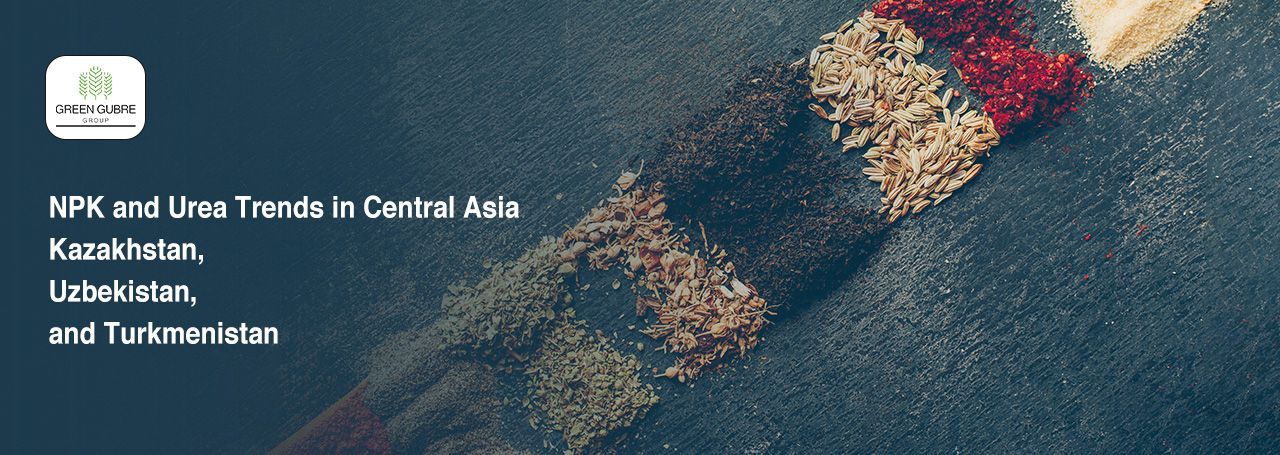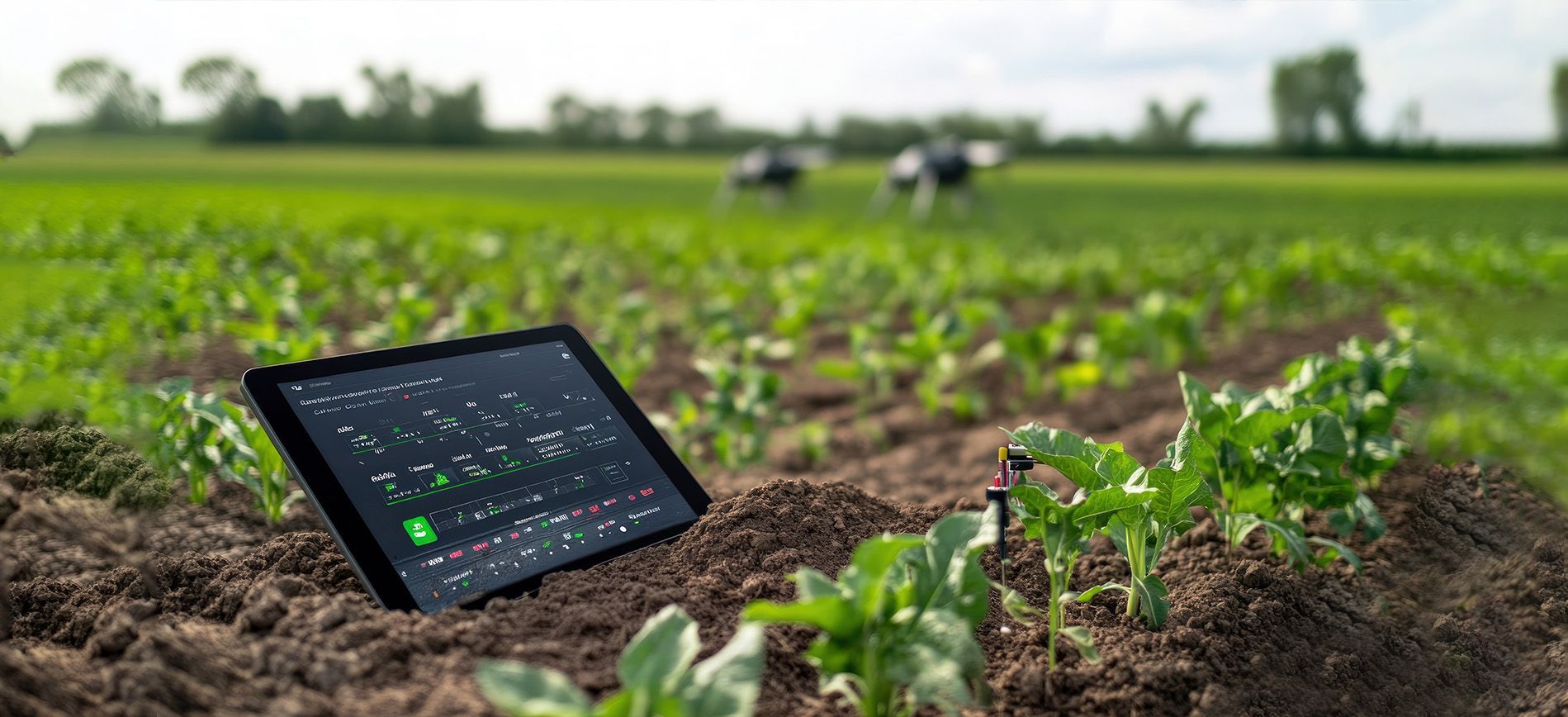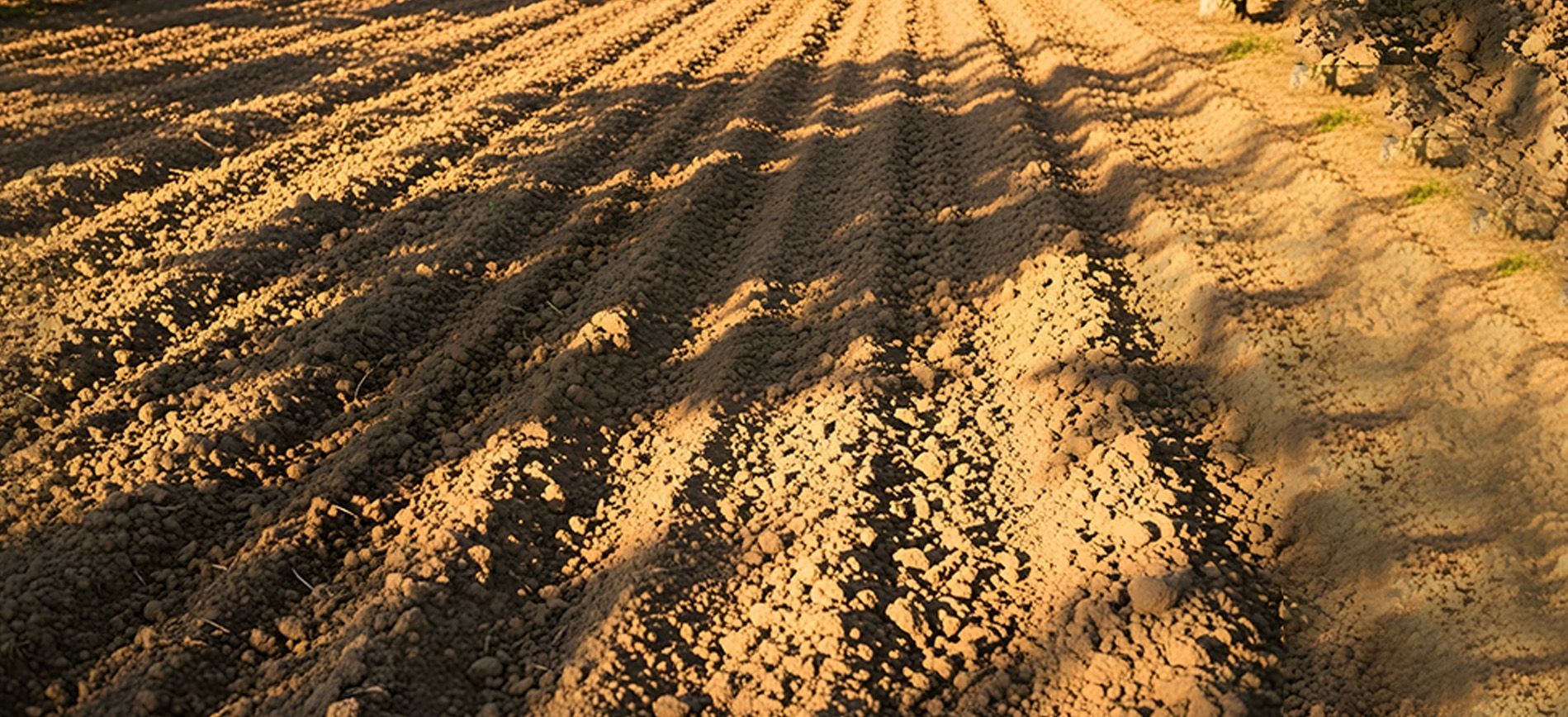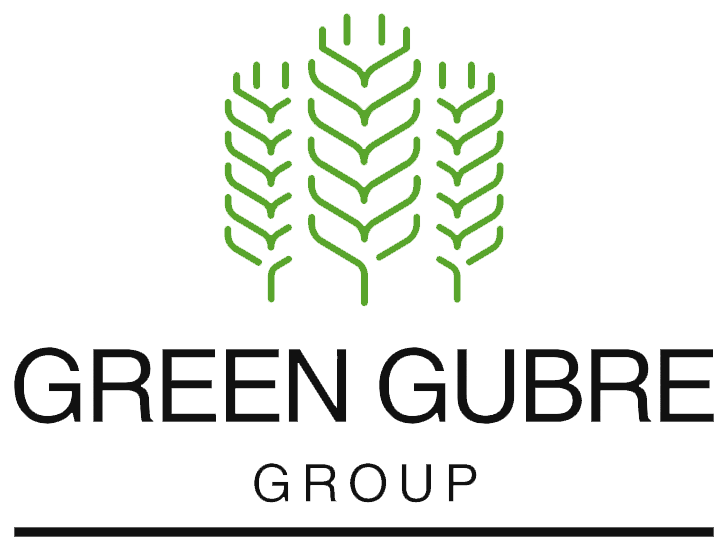NPK and Urea Trends in Central Asia – Kazakhstan, Uzbekistan, and Turkmenistan

Introduction: Central Asia’s Rising Fertilizer Influence
Central Asia is emerging as a strategic region in the global fertilizer landscape. While traditionally viewed as net importers, countries like Kazakhstan, Uzbekistan, and Turkmenistan are investing in local fertilizer production, expanding export capacities, and enhancing trade corridors to the Black Sea, China, and South Asia.
With abundant natural gas reserves and growing agricultural needs, the region is poised to influence
urea supply chains and
NPK fertilizer demand in Eurasia and beyond.
1. Kazakhstan: From Import Reliance to Urea Exporter
Kazakhstan is the largest country in Central Asia and has been actively transitioning from a fertilizer importer to a potential exporter.
Key developments:
- KAZAZOT and EuroChem operate major ammonia and urea plants near the Caspian coast.
- In 2022, the country produced over 500,000 tons of urea and plans to reach 1 million tons annually by 2026.
- Growing domestic urea application for wheat and barley in northern regions, supported by state subsidies.
Export potential:
- Strategic location for supplying
CIS markets,
Afghanistan, and access to the
Black Sea via Caspian shipping and rail corridors.
🔗 Kazakhstan Ministry of Agriculture – Fertilizer Subsidy Program
2. Uzbekistan: Diversification and Fertilizer Modernization
Uzbekistan has a robust fertilizer manufacturing base, particularly in nitrogen fertilizers such as ammonium nitrate and urea.
Key assets:
- Navoiyazot and Ferganaazot plants are major producers of urea.
- Government-led reforms have reduced fertilizer price controls and boosted private sector investment.
- Domestic demand is driven by cotton, wheat, and horticulture.
NPK market:
- The use of blended NPK is increasing through public-private partnerships and the modernization of fertilizer blending units.
Trade corridors:
- Exports flow toward
China (via the Andijan-Kashgar corridor) and
South Asia through the
Termez–Mazar-e-Sharif link.
3. Turkmenistan: Leveraging Gas for Urea Exports
Turkmenistan, rich in natural gas, has invested heavily in gas-to-urea projects.
Notable projects:
- The Garabogaz urea plant, built with support from Japan and South Korea, has a capacity of 1.2 million tons/year.
- Focus on urea exports to
Turkey,
South Asia, and
Southeast Asia via the
Turkmenbashi Port on the Caspian Sea.
Government priorities:
- Maximizing urea exports as a value-added use of natural gas.
- Exploring deals with
China,
India, and
Iran to optimize regional trade routes.
4. Strategic Trade Access: Black Sea, China, and Beyond
All three nations are investing in transport and trade infrastructure to diversify fertilizer export markets:
| Trade Corridor | Destination | Key Products |
|---|---|---|
| Caspian Sea – Black Sea | Turkey, EU | Urea, NPK |
| China–Central Asia | Xinjiang, East Asia | Urea, ammonium |
| Southern Route via Iran | India, Pakistan | Urea, blended NPK |
Multimodal routes, such as rail-sea connections, are helping to lower export costs and reduce dependency on single destinations.
Green Gubre Group: Partnering with Central Asia’s Growth
At Green Gubre Group, we closely monitor the evolution of Central Asia’s fertilizer industry and expand our regional sourcing relationships. We offer:
- Urea from Kazakhstan and Turkmenistan
- Blended and straight fertilizers from Uzbekistan
- Advisory on customs and transit via the Black Sea or southern corridors
Central Asia’s strategic geography and resource base make it an essential partner in ensuring
fertilizer security across
Africa,
South Asia, and
Eastern Europe.
References
- Kazakhstan Ministry of Agriculture – Fertilizer Programs
- Uzbekneftegaz – Fertilizer Operations
- Türkmenhimiýa – State Fertilizer Concern
- UN ESCAP – Trade Corridors in Central Asia
- World Bank – Central Asia Agriculture Modernization




